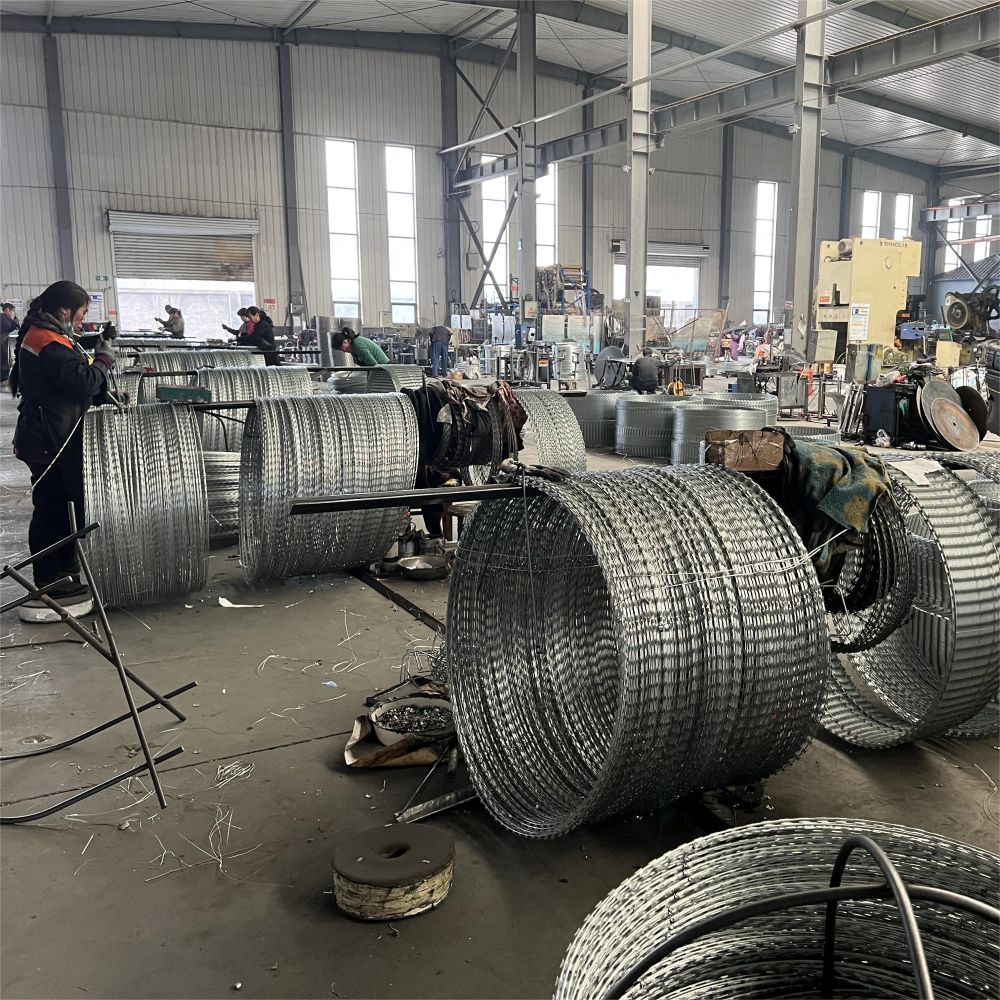common nails for framing
Common Nails for Framing An Essential Guide
When it comes to construction and woodworking, the choice of fasteners can significantly influence the integrity and durability of any project. Among the various types of nails available, common nails are often the go-to choice for framing applications. Understanding the characteristics, uses, and best practices associated with common nails can elevate the quality of your framing projects.
What are Common Nails?
Common nails are large, sturdy nails that are typically used for framing, carpentry, and similar applications. They are characterized by their thick shank and flat head, which provides a strong grip and can withstand substantial loads. Common nails are usually made from steel, coated to resist corrosion, and they come in various sizes, typically ranging from 6d (2 inches) to 16d (3.5 inches).
Uses of Common Nails in Framing
In the realm of framing, common nails serve multiple purposes
1. Studs and Joists Common nails are ideal for joining horizontal and vertical frame components, such as studs and joists. Their strength ensures that structural components remain firmly connected, providing stability to walls and ceilings.
2. Subflooring and Sheathing When installing subflooring or sheathing, common nails are often preferred due to their ability to securely fasten sheets of plywood or oriented strand board (OSB) to the framing beneath.
3. Roofing In roofing projects, common nails can be used to attach roofing materials, especially in situations that require increased holding power to withstand wind uplift and other forces.
Advantages of Using Common Nails
common nails for framing

1. Strength and Durability The robust design of common nails ensures that they can handle a considerable amount of weight and pressure, making them an ideal choice for heavy-duty applications.
2. Cost-Effectiveness Common nails are generally more affordable than other fasteners, which makes them an economical option for large-scale framing projects.
3. Ease of Use With their wide range of sizes and easy-to-handle design, common nails can be quickly driven into materials using a hammer or nail gun, expediting the construction process.
Considerations When Using Common Nails
While common nails are versatile, there are some considerations to keep in mind for optimal use in framing applications
1. Size Selection Choosing the right size of common nails is crucial. For instance, 16d nails are typically used for framing walls, whereas 8d nails are more suited for attaching sheathing. Using nails that are too short can lead to weak connections, while excessively long nails may split the wood.
2. Coating For exterior framing projects, it is essential to select common nails that are galvanized or otherwise coated to resist rust and corrosion. This ensures the longevity of the fasteners in exposed environments.
3. Proper Driving Technique To avoid issues such as wood splitting or misalignment, use a hammer or nail gun properly. Ensure the nail is driven straight and flush with the surface to maintain a professional appearance and effective load distribution.
Conclusion
Common nails are a staple in the world of framing, offering strength, durability, and cost-effectiveness for various construction projects. Whether you are a seasoned contractor or a DIY enthusiast, understanding the proper use of common nails can greatly enhance your woodworking endeavors. By selecting the right size, considering coatings for environmental protection, and mastering driving techniques, you can ensure that your framing projects are sound and structurally secure. As you embark on your next construction project, remember the significance of choosing the right fasteners, and common nails may just be the reliable solution you need.
-
Space-Saving Chain Fence Hacks Vertical Gardening with Cyclone MeshNewsJul.16,2025
-
Innovations in Iron Nail Wire Production for Modern ConstructionNewsJul.16,2025
-
Creative Uses of Wire Netting Fence in Modern Landscape DesignNewsJul.16,2025
-
Barbed Wire Fence Innovations in Anti-Climb TechnologyNewsJul.16,2025
-
Architectural Uses of Umbrella Nails for Aesthetic Roof DesignsNewsJul.16,2025
-
Architectural Uses of Razor Barbed Wire in Secure Urban DesignNewsJul.16,2025




